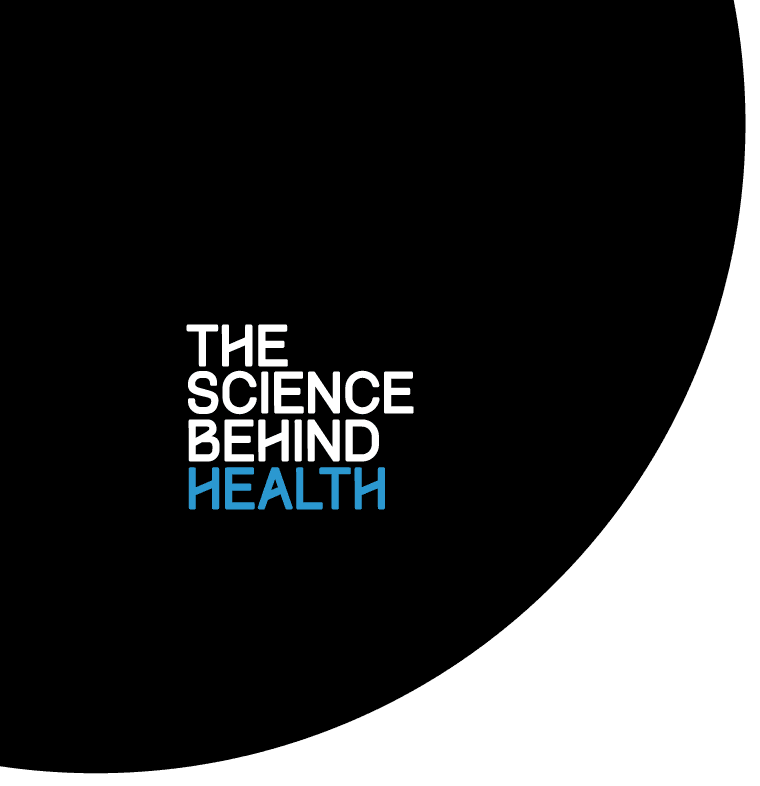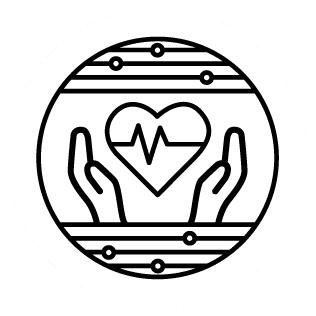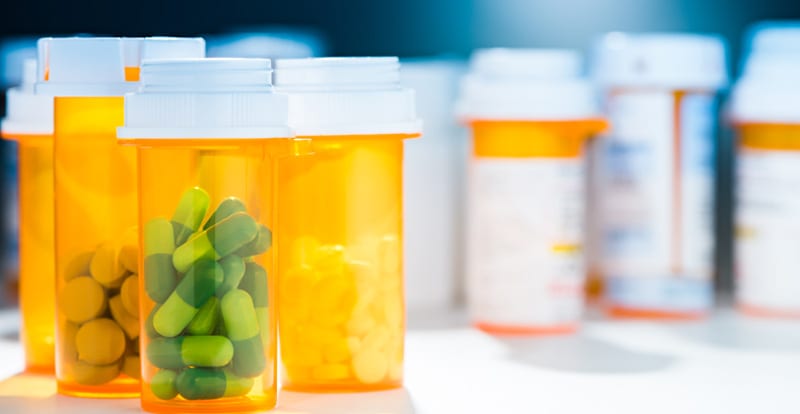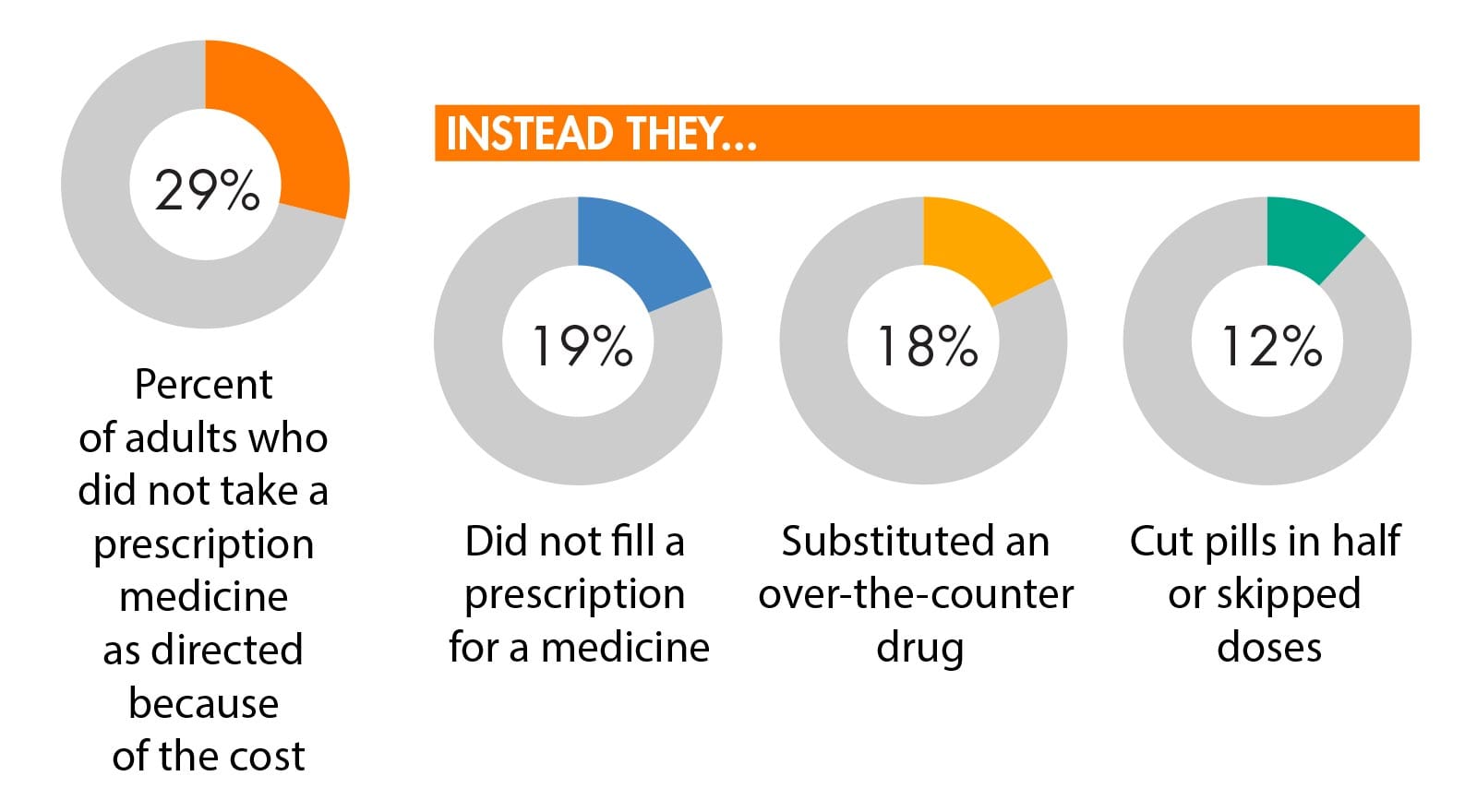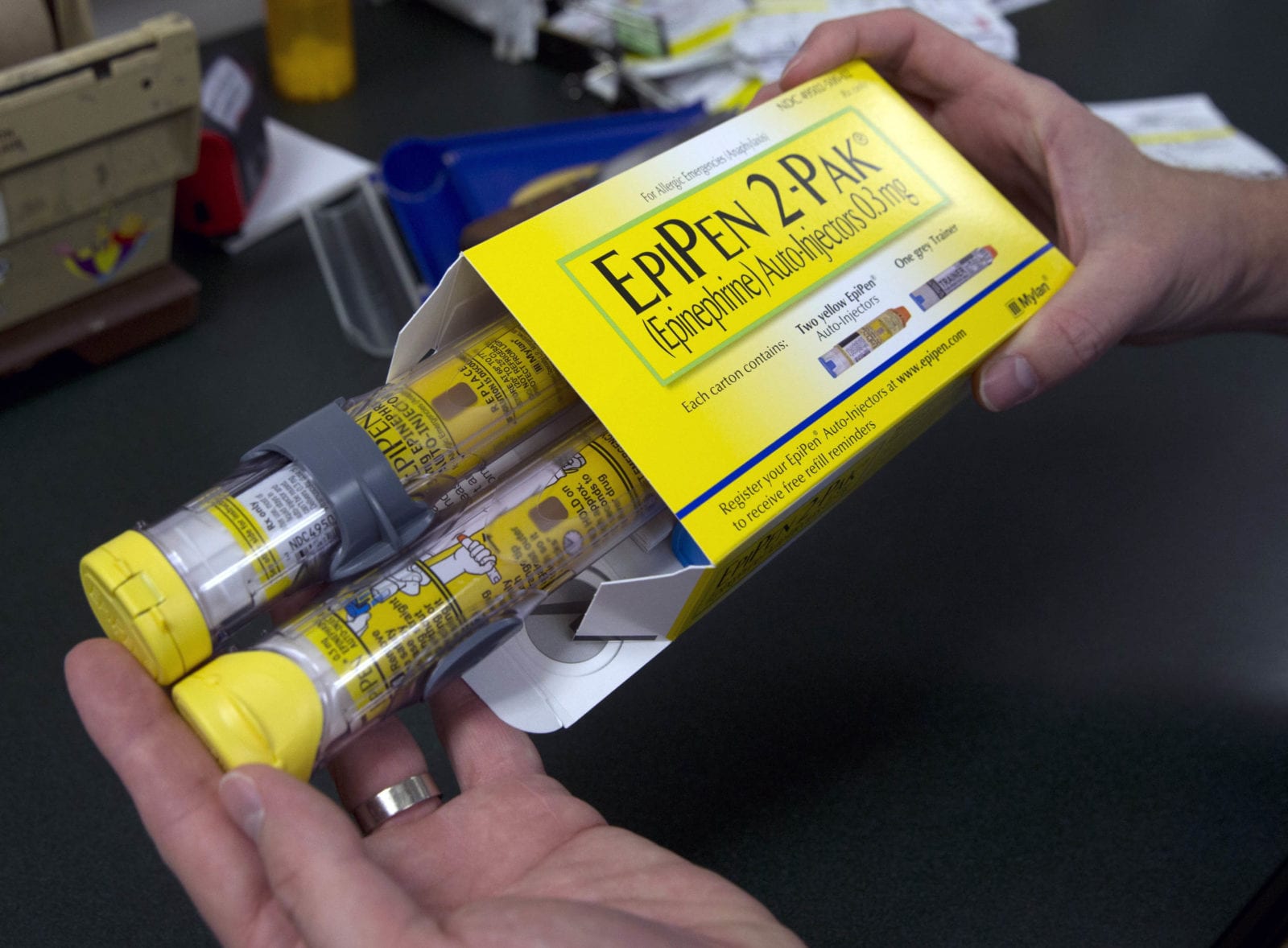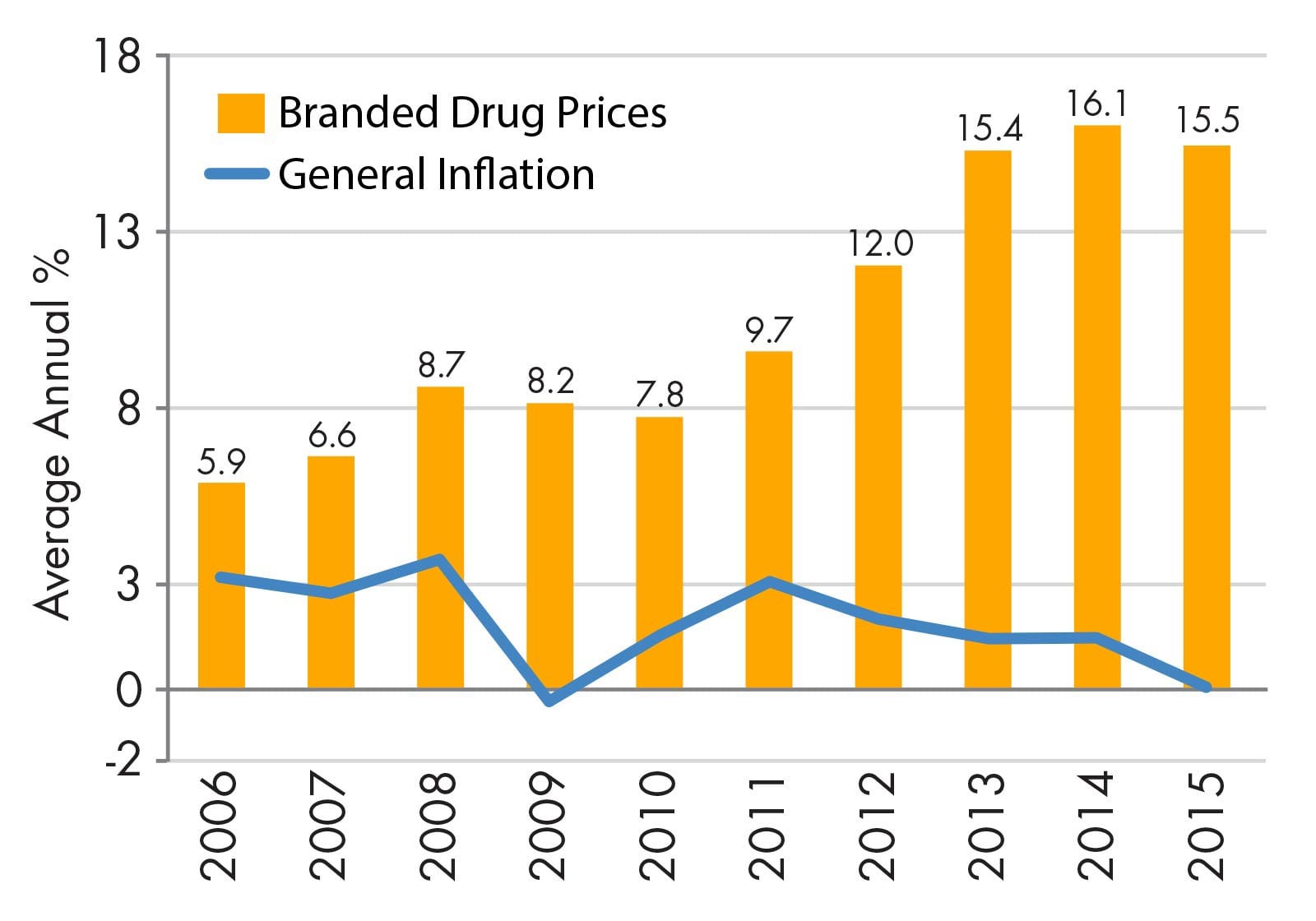Are drug prices really a problem?
Yes, they are, given how dramatically the cost has risen over the past decade. Many people are having difficulty paying for the medications they and their family members need. One survey found that in 2015, about 20% of Americans didn’t fill at least one prescription because they weren’t sure they could afford it.
What about generic drug prices?
Even they aren’t immune to large price increases. One study that tracked prices for 1,411 generic drugs found that between 2010 and 2015, there were at least 315 instances when the price of a drug rose by 100% or more. In 48 cases, the price increased by 500% or more.
Well, what can we do about it?
Some things policy makers can do:
- Make generic drugs available sooner. If agencies such as the U.S. Department of Justice and the Federal Trade Commission prevented “pay for delay” agreements and the U.S. Patent and Trademark Office prevented unjustified patent evergreening, reasonably priced generic drugs would reach the market sooner.
- Change incentives. Many aspects of the health care system encourage clinicians to prescribe, and patients to use, more expensive drugs. Providing patients with more useful information about the potential benefits and costs of treatments would help reduce inappropriate demand for higher-priced drugs. So would discouraging direct-to-consumer advertisements for prescription drugs. Clinicians, medical practices, and hospitals could also tighten restrictions on drug companies’ direct visits to health care providers, and the acceptance and use of free drug samples and other incentives.
- Improve financial transparency in the biopharmaceutical supply chain. To help understand the root causes of price increases, Congress could require insurance plans to disclose the average net prices paid for prescription drugs, including the amount paid by patients through cost sharing. They could also require biopharmaceutical companies to disclose the average volume and the prices paid for drugs across various sales “channels” (PBMs, insurance companies, wholesalers, etc.). The U.S. Department of Health and Human Services could curate, analyze, and publicly report the data.
Putting this in perspective…
Many medical conditions that were thought to be untreatable can now be cured or managed effectively thanks to the development of new drugs. That’s a plus. But prescription drugs are among the fastest-growing segments of health care spending—annual expenditures exceed a half trillion dollars. The changes we make need to ensure the continued development of drugs to battle disease while keeping costs in check.

